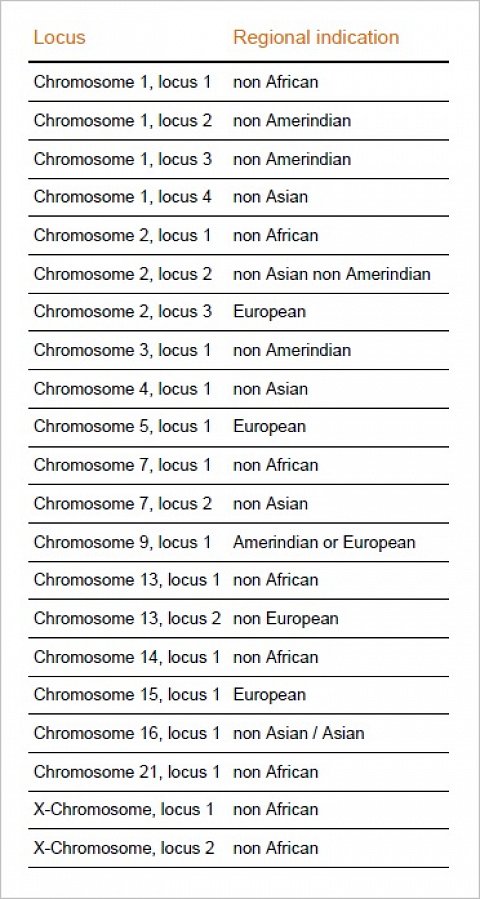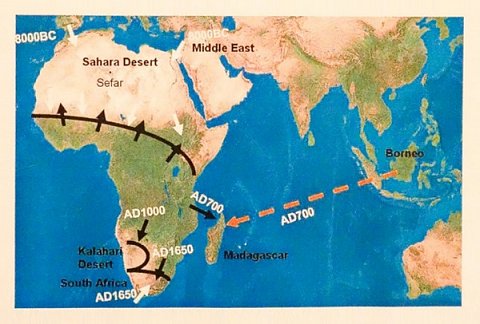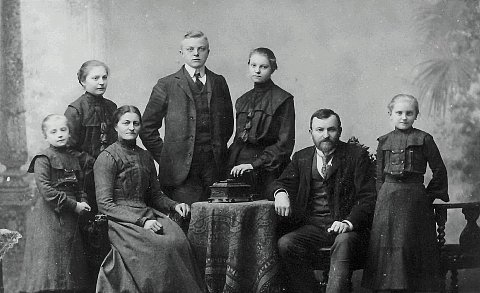-
Roots for Real
review on 28 February 2014
by Craig Macpherson

At a Glance
Summary
In summary, Roots for Real delivered the service as promised. The information provided with the results was explained better than any other provider’s material I’d researched, but I wish my personal results had been more detailed. I’d recommend this test to someone who was a beginner when it came to ancestry testing, but would warn that the price is high for what you get when compared to other providers.
Full Review
There was a choice of three ancestry tests on the Roots for Real website: A maternal ‘motherline’ test, a paternal ‘fatherline’ test, and an ‘Autosomal Admixture' test. I chose the autosomal admixture test because it was the least expensive option that would analyse genetic markers from both my parents.
Product Expectations
The website told me that my DNA would be analysed for geographically informative markers which I've inherited from both sides of my family. My autosomal admixture components from Europe, Africa, America & Asia would then be calculated and presented as a percentage. I would receive the results in chart and table format, with an explanatory written report.
Ordering Experience
The order process was quick and simple with no hidden fees. The kit arrived two working days after purchasing, well within the three week period that the website had told me to expect. After taking the samples they had to be air dried for 24 hours before returning - this was unusual compared to the other DNA tests I've taken as you can normally put the swabs straight back into their containers. After sending off my samples I didn’t receive confirmation of receipt.
The Results
Five and a half weeks later I was emailed a PDF file containing my 'Admixture Results' as a map. One week after this I received a high quality version of the map in the post, printed on glossy photographic paper. A seven-page report had also been enclosed which contained a personal letter, a historical report, a list of references should I want to further my research, and a page explaining how I should interpret the results. Unfortunately the report had been enclosed in a tube which made it difficult to read.
Results Section: Admixture Results Map
The map (shown below) showed what percentage of my DNA came from populations in Europe, Africa, America & Asia – it showed that 100% of my DNA originated from Europe. Had my ancestry been a bit more interesting it was definitely something I’d display.

My Admixture Results Map.
To one side of the map a table (shown below) showed the ‘Regional indication’ for thirteen of my chromosomes and a particular locus for each – some chromosomes had multiple loci. Many of the regional indications for my chromosomes were 'non-African' and 'non-Amerindian'. A few were European as I would expect, but a few were also 'non-European' which was interesting. It's a shame these indications weren't more specific.

The Regional indication table.
Results Section: Historical Report
The historical report was titled 'Ancient or Recent Admixture?' and was really interesting, but it seemed to be geared more toward those with African ancestry as opposed to those with Caucasian ancestry. A map (shown below) was shown on the third page which charted migratory population movements to and from Africa 11,500 years ago (after the ice age had ended), and was very well explained.

Prehistoric Zones of African Genetic Influence.
More information was provided on the different ancestral populations, and the four regions used to calculate my ancestral proportions were explained in more detail. There was even an example of Neolithic cave art in the report (shown below).

Neolithic cave art from the central Sahara Desert.
Results Section: Interpreting your Admixture Result
The last page was titled 'How to interpret your admixture result' which discussed how the DNA test had been conducted and explained what the results meant. The information was really clear but I read that the theoretical accuracy of the analysis was 2.5%. This sounded quite low and I wasn’t sure if this meant the results were less meaningful.
Summary
In summary, Roots for Real delivered the service as promised. The information provided with the results was explained better than any other provider’s material I’d researched, but I wish my personal results had been more detailed. I’d recommend this test to someone who was a beginner when it came to ancestry testing, but would warn that the price is high for what you get when compared to other providers.
Visit Roots for Real to learn more about this DNA testing service >


